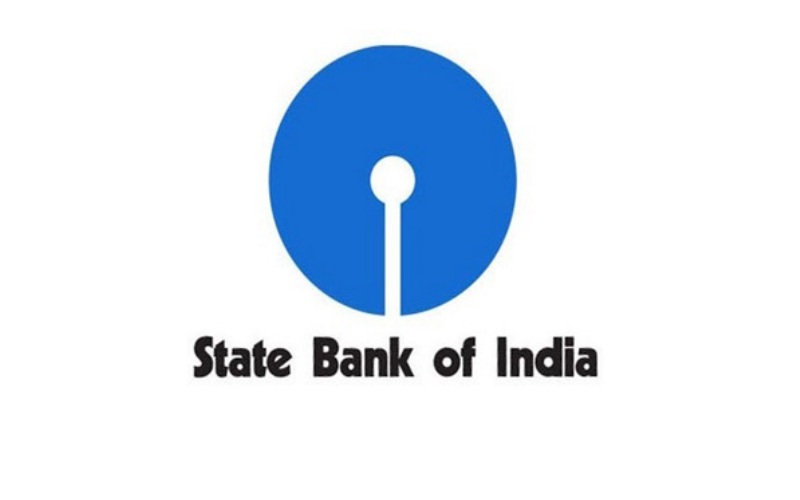Mumbai: State Bank of India (SBI), in its latest report, says that there are aberrations in NSSO new rural data collection methodology which are likely to obfuscate India’s monetary, fiscal policy choices.
With the clamour for a rate cut getting louder, this data may muddy waters.
“Now because NSSO (National Sample Survey Organisation) is collecting data itself, it is possible that there may be absence of self validation, thereby leading to data discrepancies. We are now concerned that this data aberration could obfuscate policy choices,” said Soumyakanti Ghosh, Group Chief Economic Adviser at SBI.
SBI believes that policy choices, both fiscal and monetary, must be informed by methodologically consistent inflation data along with a stance change in February policy. However, a rate cut in April is likely if the RBI decides to look through the data.
In December, headline inflation slumped to 2.2 per cent, with rural CPI falling to 1.65 per cent while core rural CPI jumped 6.35 per cent and urban CPI eased 5.26 per cent. However, the whopping 10.14 per cent jump in rural health inflation in December 2018 vis-a-vis 4.93 per cent in December 2017 discouraged market makers.
Meanwhile, the urban areas witnessed a fall in health inflation.
“We understand there is a change in methodology in terms of data collection in rural areas where, as against the earlier practice of collecting data through Post Offices, the NSSO is now collecting data itself. There are about 100 Regional Offices of NSSO, which collect the data,” said SBI in a note.
“The data collection process, hitherto, restricted to urban centres, has now been extended w.e.f September 2018 to rural centres also. We believe, this additional work with the same set-up would take some time to stabilize and this may be one of the reasons for the observed aberrations in the data.
“Also, the earlier rural data collected by post offices used to be validated. Now because NSSO is collecting data itself, it is possible that there may be absence of self validation, thereby leading to data discrepancies,” SBI added.
SBI believes there is a clear-cut case of data aberration in CPI-Rural (Heal and Education Category) in the December 2018 month data release.
The CPI rural health (m-o-m change), which had never breached its maximum mark of 1.37 per cenrt in the past 90 months (April 2011 to September 2018) and a sequential average of 0.5 per cent, suddenly jumped to 3.43 per cent in October 2018 and 3.09 per cent in December 2018.
“Even the October and December numbers were way above the average 3 plus standard deviation, indicating an occurrence probability of once in 333 months (27.7 years)! Similarly, rural CPI education, which grew by 3.26 per cent in December 2018, was also much more than the average 3 plus standard deviation of past 90 months. If we analyse the urban CPI (m-o-m change) for same category for the same period there was no such anomaly,” said Ghosh in a report.
The sudden jump in prices of medicine, hospital and nursing home charges, other medical expenses, in one month (October 2018), then declining to trend growth in next month and again jumping in the next month (December) was one of the reasons for calling the CPI Rural Health data as aberration.
[source_without_link]IANS[/source_without_link]

